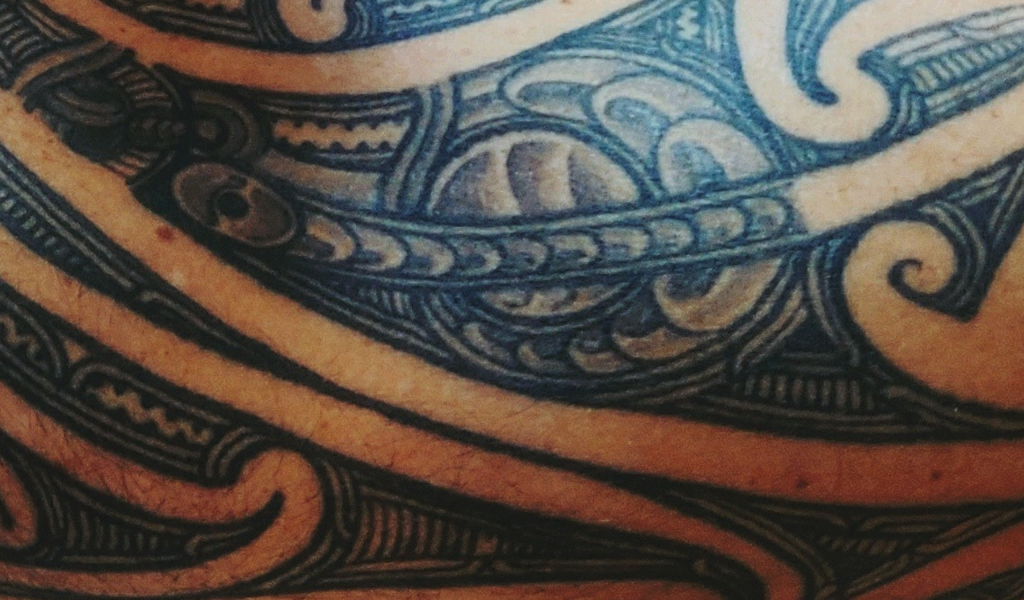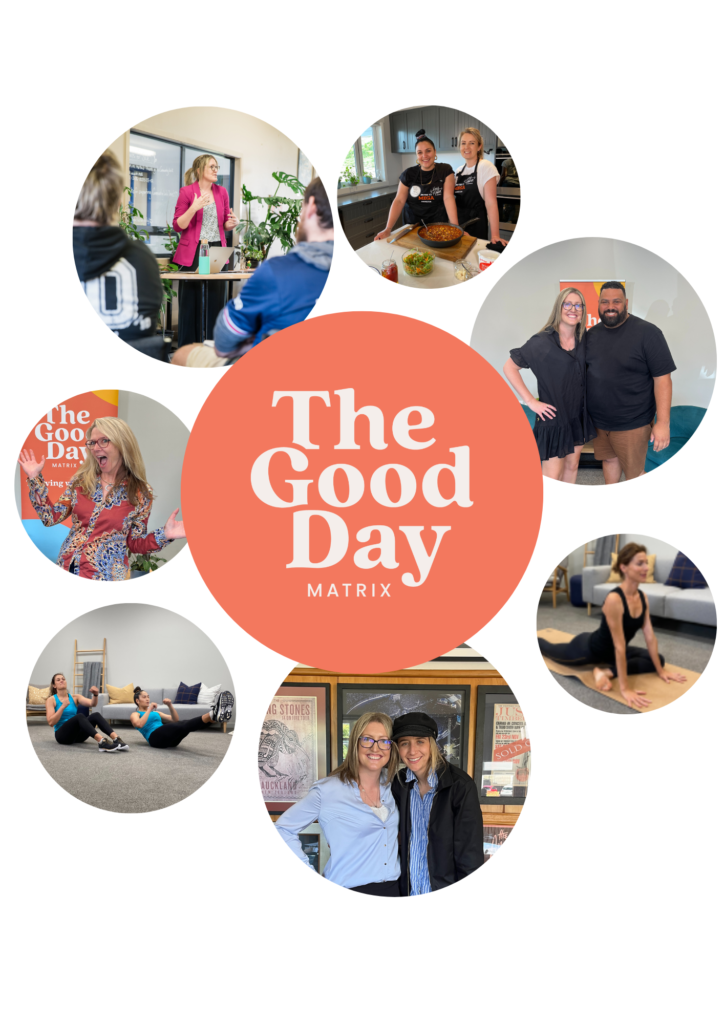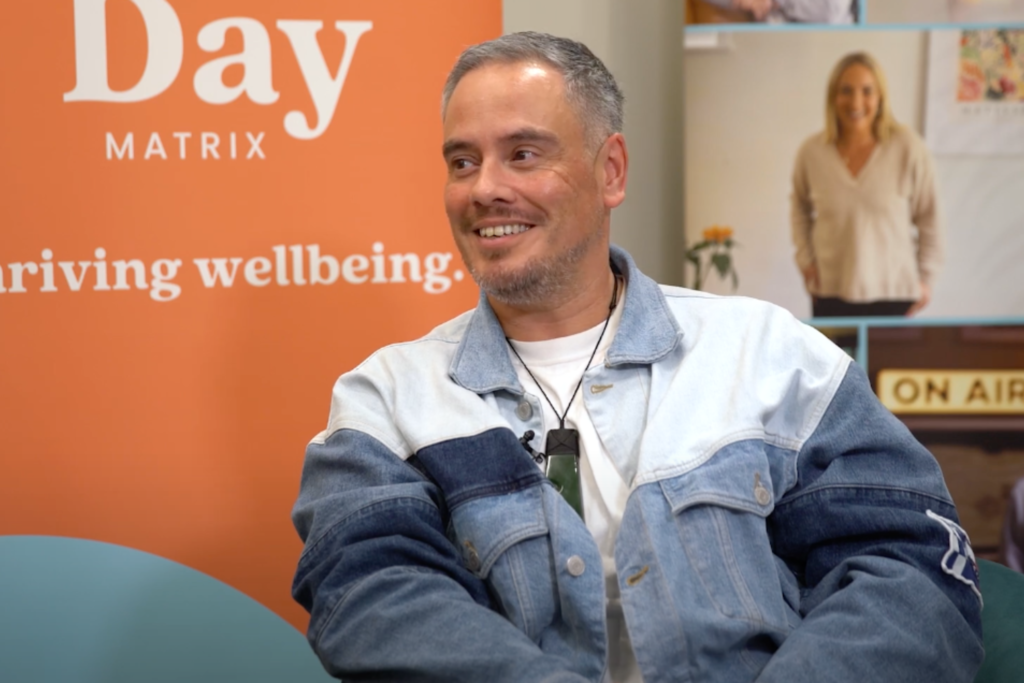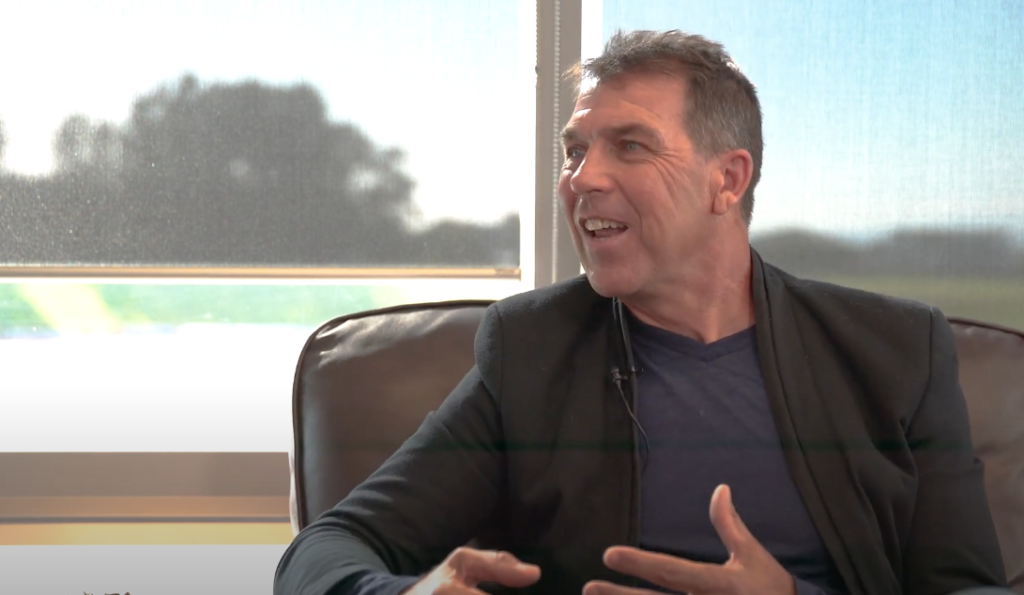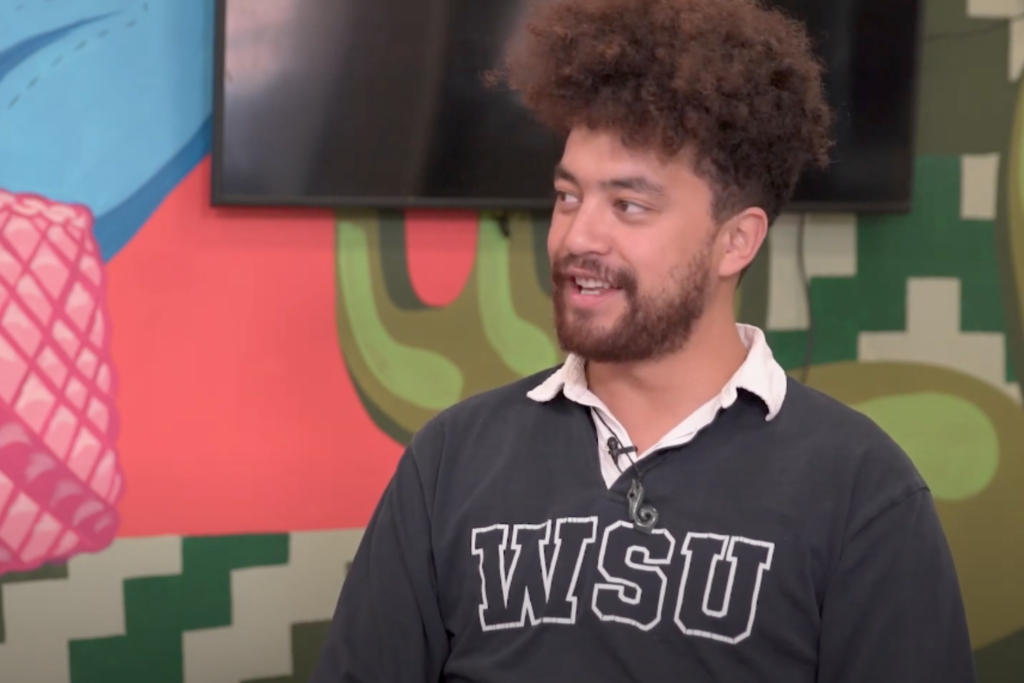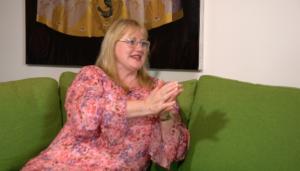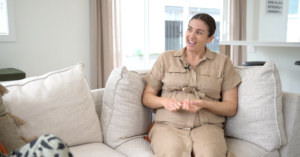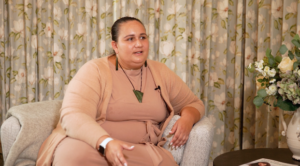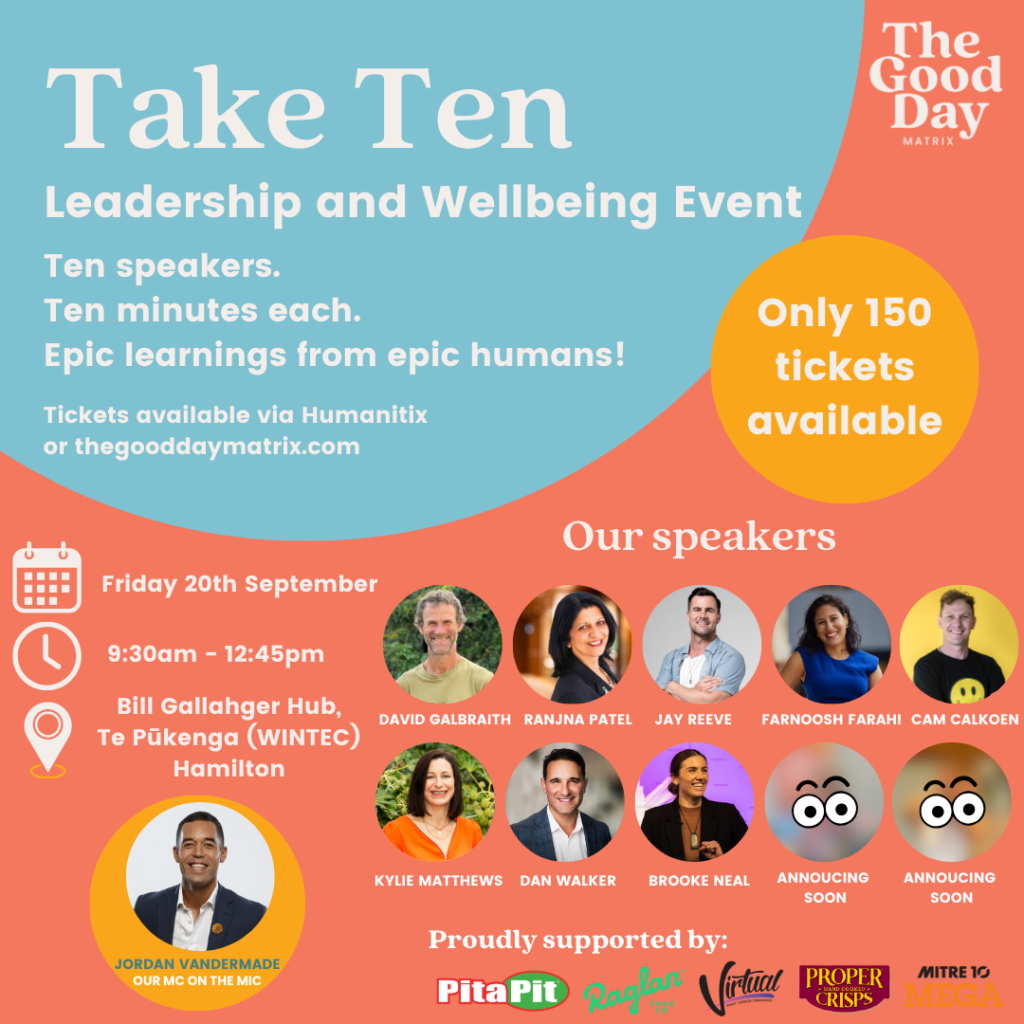Written by Craig
Craig’s tattoo signifies his deep connection to his heritage and Māori whakapapa
Identity is a fascinating concept.
Identity in its simplest definition are characteristics determining who or what a person is. Aspects of identity include ethnicity, race, age, gender, sexual orientation, physical attributes, personality. It even extends to the abstract such as political affiliations, religious beliefs, professional identities and sports team affiliation.
The paradox of identifying yourself is that you define the categories within which you feel an affinity and in essence lose your individuality, your uniqueness. You’re now part of a group.
Don’t get me wrong, it’s human nature to categorise as it is how we make sense of the world. It allows us to create communities, to relate to others and form connections. There is comfort and safety in numbers.
The challenge with categorization is that we are each a tapestry of identifiable groups, some of which change over time and some of which are not entirely correct.
For example, if you were to see me in the street you would naturally assume that I’m the quintessential average pakeha Kiwi male, probably born in New Zealand but with British heritage.
All true. But not a complete picture of my ethnicity.
- I have Māori whakapapa from Horomaka (Banks Peninsular) – Ngāi Tahu, Ngāti Irakehu.
- I have Scottish and English heritage and a bit of Irish splashing around as well (just try calling a Scotsman English and see what happens!).
- My great, great, great grandad arrived in Okains Bay in 1837.
- More recently we have discovered Danish ancestry through my grandmother on my father’s side!
Go back four generations and you’ll have 30 individual people that all came together to make you. Go back 5 generations and it expands out to 62! There’s a lot of opportunity for global cross pollination.
Let’s take some more recent arrivals to New Zealand.
- ‘U’ is originally from Iraq and came to NZ as a young kid, she identifies absolutely as a Kiwi (complete with our dreadful accent) however she is proud of her Iraqi roots.
- ‘C’ is originally from South Africa where she was categorized as ‘coloured’ (not black, not white – a mixture of both) and who came to NZ as a young teen. Like ‘U’, she identifies herself as a Kiwi but has a very strong connection to South Africa (and the remnants of an accent).
- My wife ‘A’ was born in Auckland and has a Scottish father and English mother. ‘A’ is a Kiwi through and through but has a very strong connection to the north of Scotland.
How do we clean up this categorization mess? In simple terms; we don’t!
Each of these ethnic and racial origins are wonderful images that make up part of our unique tapestry of identity.
These origins centric identities make up only part of the overall picture. What about all the other ways we identify ourselves? Sexuality, profession, gender, parent, single, couple, Christian, Muslim, geography, sports. All of these are important and sometimes dependent on the situation, environment or life stage we are in will take on a greater or lesser emphasis.
‘U’ previously identified herself by her career however she has recently had a wonderful little boy and now strongly identifies as a mother. Her career has taken on less emphasis.
‘A’ has had a strong mother identity for the last 17 years and is now adding some colour to her career picture which had faded into the background.
For LGBTQI people their sexual identity can take time to emerge for a variety of reasons.
As life changes, so does our tapestry and that’s a wonderful, wonderful thing.
Identity and the Perils of Stereotypes and Stigma
The challenge we have with making sense of things through categorization is that we tend to impose our perceptions on others and on ourselves.
As a coloured in South Africa ‘C’ found herself in an environment where harsh stereotypes were placed on certain groups and groups within these groups. Terms such as “white coloured” and “raw coloured” were thrown around, each with their own attached stigmas. But coloured was how she identified herself, it was on her birth certificate and the community she was in was a coloured community.
Fast forward to her arrival in New Zealand and those stereotypes no longer externally exist, but they have been ingrained in her sense of identity. So who is she now? She’s different, unique and in a significantly different environment where the term ‘coloured’ is seen as derogatory. New country, new community, new identity. That’s a big challenge for a young teen.
An aspect common to stereotypes is called Stereotype Threat. Stereotype Threat is the potential to adopt a negative stereotype about your group.
Let’s say in NZ there is a stereotype that if you’re of a particular race you won’t do very well in school. Complete crap and no one should ever believe that type of stereotype at all. But the fact that someone of that race knows the stereotype exists could have a negative impact on their confidence and ultimately their performance. Further to this, how does this impact the teacher’s expectations of and attitude towards the student?
https://www.teaomaori.news/maori-experience-racism-and-negative-stereotyping-school-report
Stereotypes and stigma are thin veneers based on outdated, bigoted and self-serving views. They are there to heighten our own self perceptions to the detriment of other groups. To make a clear distinction between us and them and to protect us from our own ignorance of other cultures and perspectives. They also hide the underlying historical reasons for why a stereotype may have come about. It’s critical that we seek to understand history and its implications on our identity.
Stereotypes are easy and used when we choose to be lazy, fearful, ignorant or belligerent. They can be hurtful and in the wrong hands down right dangerous. In a quote attributed to Lao Tzu (perhaps incorrectly):
Watch your thoughts, they become your words;
Watch your words, they become your actions;
Watch your actions, they become your habits;
Watch your habits, they become your character;
Watch your character, it becomes your destiny.
Realising the good
Different is good. Different drives creativity, innovation and change for the better. It was only just over 100 years ago that women around the world were not allowed to vote because of stereotypes like “Women are likely to be affected by gusts and waves of sentiment.”
https://www.bbc.com/news/uk-43740033
Now New Zealand is a country that has had three female Prime Ministers since 1997 (that’s three out of five over this period).
Let’s look at a few more stereotypes that have changed dramatically over the last 50 years such as the societal attitudes towards:
- Women in the workforce and as executive managers
- LGBTQIA+ people and their rights
- Māori identity and treaty of Waitangi settlements
There’s still a long way to go, but attitudes and perspectives have changed for the good. What seemed unthinkable 50 years ago is now, largely, not an issue!
So what does this tell us? By consciously dispelling stereotypes and stigmas, by putting our perspecticles on and understanding other cultures, norms and perspectives we can help others to discover and have pride in their tapestry of identities.
It can also help us to discover more about ourselves. Nothing in this world stays static and neither should we.
Ancestry, where to begin…
With the advent of the internet, genealogy has taken off with a number of at home sleuths finding their ancestors on genealogy sites. Of particular help is that these sites use crowdsourcing to help others find pieces of their ancestral jigsaw puzzle.
But before jumping on a site like ancestry.com, I’d recommend the following:
Step 1:
Talk to your parents, grandparents, great grandparents and older relatives and family friends. Get names and dates but more importantly get the stories, photos, documents, medals and any other things of note. Remember, they won’t be around forever and unless captured these stories go with them.
Record discussions either on video or audio if possible, digitize all other items.
Step 2:
Find the history keeper(s) in your family (every family has one) and join forces with them. Investigating together will keep you inspired, on track and help to minimize mistakes.
Step 3:
Access one of the many genealogy sites out there. Some are better than others so do your research. Given the crowdsource nature of this information, sites with larger memberships tend to be better. They also have databases of military, birth, death and marriage records – loads of information.
Step 4:
Celebrate and share what you’ve found with your extended family. This will help to trigger their memories, broaden your family’s whakapapa knowledge and inspire others.
Step 5:
Go deep and wide. There are a variety of fascinating sites out there to help (see later in article)
Most of all, have fun and get weaving your life tapestry!
Summary
As per the start of this article, identity is a fascinating concept. It’s also complex, unique to each of us and in a number of ways it changes over time.
The more we learn about our heritage the more we can understand how we got to where we are today. This heritage does not define us, rather it informs us and allows us to strengthen our ties to our diverse past and to have strong roots on which to build our future selves.
Regardless of your race, colour, creed, religious leaning, sexual orientation, rugby team or country of birth; understand your roots and the struggles of those that have gone before, wear it with pride but most of all be kind – to yourself and others.
Celebrate your individuality, there’s no one with an identity tapestry like yours and there never will be again.
So, What does your tapestry look like?
Further reading
https://www.thegreatcoursesdaily.com/visible-and-hidden-identity/
Genealogy Sites:
https://archives.govt.nz/discover-our-stories/family-history-resources
https://teara.govt.nz/en/history/page-1
https://natlib.govt.nz/researchers/guides/whakapapa
https://www.armymuseum.co.nz/explore/research/family-history/
https://archives.govt.nz/search-the-archive/researching/research-guides/war
